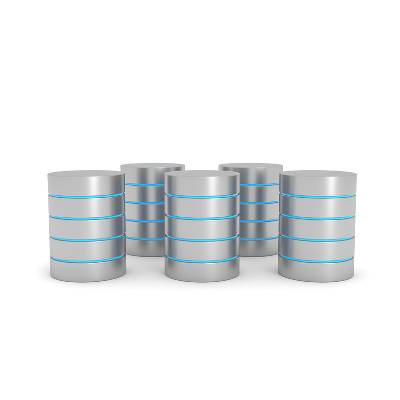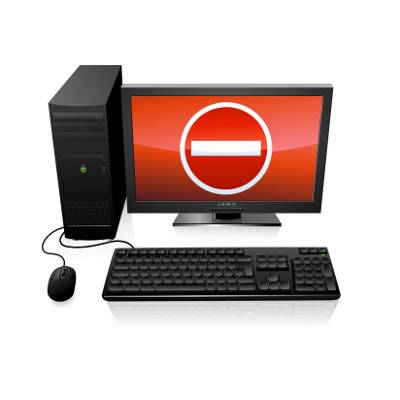So you keep hearing about the need for a firewall, but maybe you’re not exactly sure what it is or even what it does. As a business owner, you don’t need to fully grasp the complexities of network security in order to effectively manage your company. Although, it is beneficial for every business owner to understand the basics of what a firewall is, along with a working knowledge of how it protects an organization’s IT infrastructure.
Macro Systems Blog
When it comes to data breaches, some users don’t know or suspect one has occurred until it’s far too late to do anything about it. Sometimes viruses or malware will lurk on a device until certain criteria are met. Others will execute immediately. We’ve listed some of the potential threats that you will encounter in the business world, as well as what you can do about them.
Regardless of what industry a company is classified under, they all are responsible for upholding particular standards to ensure compliance with industry regulations. However, according to the 2016 State of Compliance survey, a shockingly high number of organizations were shown to be a bit fuzzy on their requirements.
Data might be the single most important asset of any business, but you would be shocked to hear about how many organizations don’t consider data loss to be a prominent threat. The fact remains that it doesn’t take an immense disaster to wipe out an entire infrastructure, and that you should expect the worst to happen regardless of how unlikely it is to do so.
Flexibility is often cited as one of the major reasons to consider a VoIP solution, but what exactly does this mean for small and medium-sized businesses? We’ll explore some of the major benefits that stem from the flexibility of VoIP, as well as how your business can better leverage it for your business’s future.
Every business from any industry probably has servers that hold important and sensitive data. However, not all organizations have the assets and skills necessary to manage and maintain these complex pieces of hardware. In particular, small businesses struggle with this aspect of running an in-house server, but there’s another option--an outsourced server hosting service from a third-party provider.
Is your organization using the latest technology solutions? If so, that’s great--you’ve taken the first step toward achieving maximum productivity and efficiency. However, you need to realize that no technology solution comes without its quirks that need to be addressed. Here are two ways that your new technology solutions could potentially be putting your business’s infrastructure at risk.
One of the biggest benefits to the modern business is the scope and breadth of the Internet that connects them with potential and current clients and allows them to communicate their goods and services. This scope and breadth are also one of its biggest pitfalls, as there is plenty of room for the multitude of threats and other potential issues to reside as they menace businesses everywhere.
Data backup is a critical component of a business continuity plan, but there are many businesses that fail to understand why data backup is important, as well as what it entails. We want to clear up some facts about how data backup is important, and why you need it for your business. Only with a thorough understanding of how your data backup saves your infrastructure can you effectively use it for business continuity.













